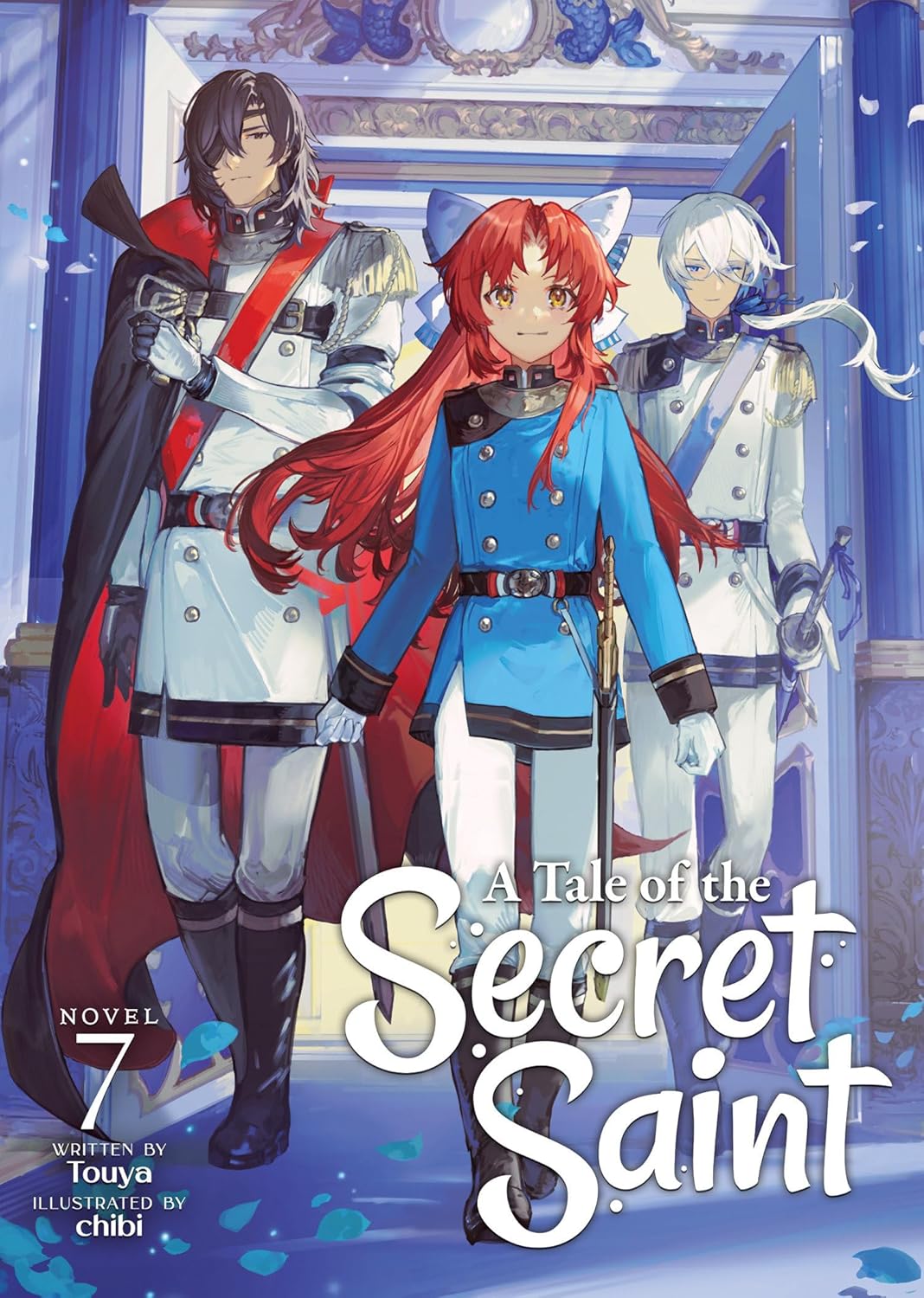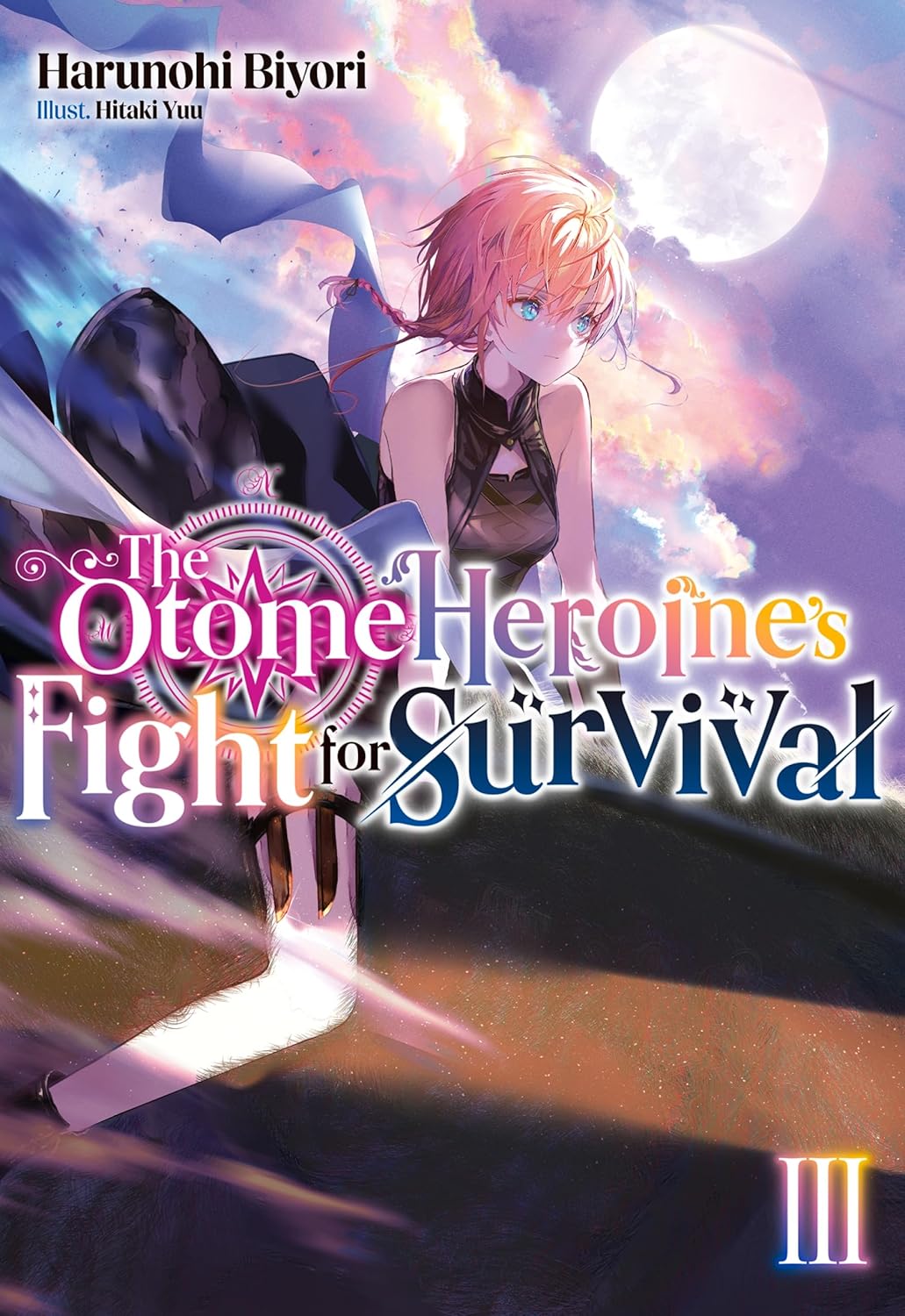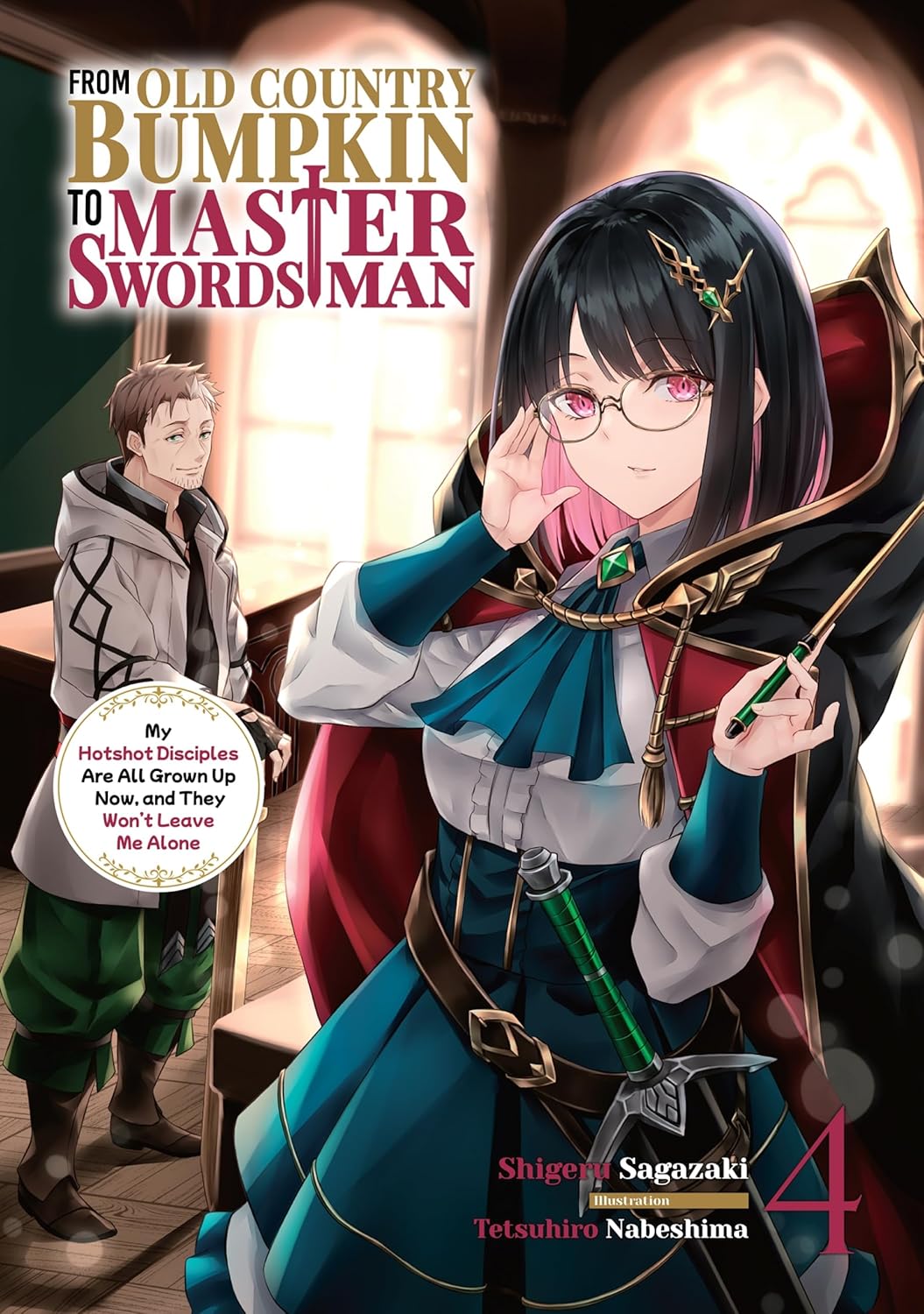By Touya and chibi. Released in Japan as “Tensei Sita Daiseijyo ha, Seijyo Dearuko Towohitakakusu” by Earth Star Novels. Released in North America by Airship. Translated by Kevin Ishizaka. Adapted by Michelle McGuinness.
Sometimes I enjoy a good bit even if it’s obvious. Indeed, sometimes I love it because it’s obvious. And Secret Saint is, let’s face it, a series that runs on comedy, tragic backstories aside. So I have to inform you that I was smiling gleefully all through the main plot of this series, which was a perfect combination of Fia being intuitive and clever based partly on her instinct and partly on her past knowledge, and Fia being a complete dimbulb who has no idea how the world of 300 years later works and doesn’t bother to find out. There’s also an extended scene between the captains which basically serves as an excuse for Desmond to scream for 65 pages or so at the top of his lungs. That said, by the end of the book I had noticed that, despite having supposedly been the start of a brand new arc to move the story forward, not a hell of a lot happened and there were side stories galore.
Fia returns from her extended vacation to find that all the other new knights have met with the King, which is something that happens with all the first-year knights. Fia, having been absent, now has to have her turn. The king, Laurence Nav, looks about as you’d expect. What is perhaps unexpected is that he has THREE court jesters, all of whom take the opportunity to pour scorn on and belittle Fia. Ah ha! This must be one of those tests! It is indeed, and as you’d expect Fia breaks it wide open. After this, the captains all have a meeting to discuss the strange and terrifying events of the last few books – all of which deal with Fia. And then Fia is asked to meet with the current Great Saint, who is supposed to be marrying the king. That should go well. After all, Fia is a knight, not a saint.
So, apologies for giving away the obvious gimmick of this book, one of the jesters is the real king, and the other two are his closest advisors. Fia figures this out due to a combination of 300-year-old knowledge and her magical saint powers, but it’s the way she carries it off that makes this so fun to read. She’s forced to play a poker game that’s really an excuse for the king to wave his secret identity in front of the knights’ faces without giving it away, so is rather upset when Fia, in fact, figures it out and wins in her own way. I really enjoy this sort of Fia, and hope we see more of her in the next book, which I suspect may get a bit Villainess-ey. I admit I’m not as fond of Fia not realizing that her powerful dragon familiar disguising himself as a chibi-version does not really count as a disguise, or once again not understanding that things are very, very different 300 years later. But you can’t have one without the other, really.
I’m not sure when we’ll get Book 8, but I won’t have to wait long to read more about Fia. Or rather, about Serafina. Tales of the Secret Saint’s getting a prequel series, and it’s out soon. Till then, this was fun.



